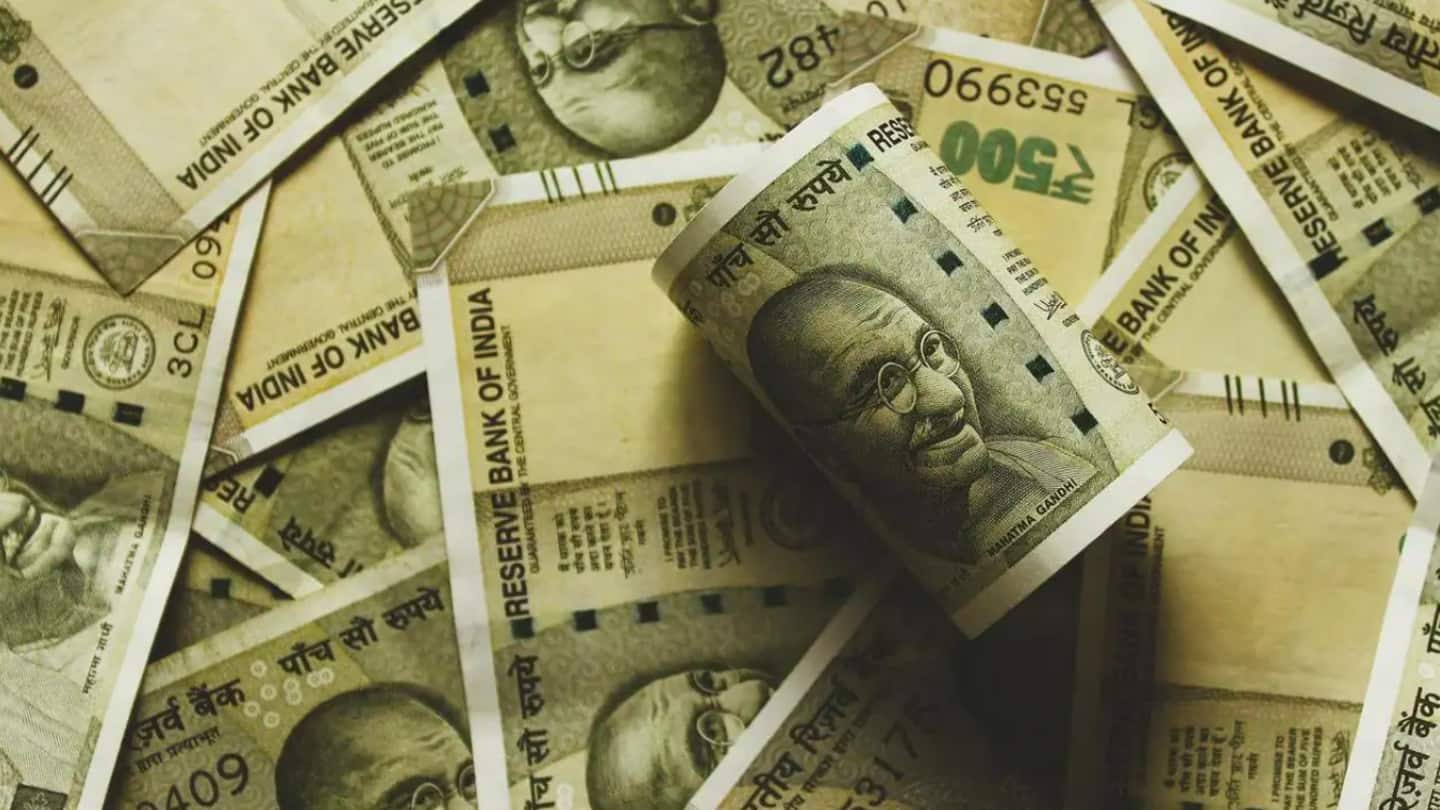
How has Indian Rupee performed against US Dollar since Independence?
What's the story
India is celebrating 75th year of its Independence and stands at a crossroads of pushing resilient economic growth over the next 25 years.
However, as it heads towards the 'Amrit Kaal', the value of our currency, Rupee, has been witnessing a major slump.
In the last 75 years, it has depreciated by Rs. 75/dollar.
But, how has it performed since 1947?
Context
Why does this story matter?
The Indian rupee crossed a whopping Rs. 80/dollar mark this July, a record low in 75 years.
In the last eight years, it has fallen by over 25%.
Since the beginning of 2022, the rupee has plunged over 7%.
With the ongoing Russia-Ukraine crisis and economic turmoil in South Asian countries, market experts say it's a 'wait and watch' for the rupee.
Big Picture
How has the rupee performed since Independence?
From Rs. 4 per dollar in 1947, the Indian rupee today stands at Rs. 79.62/dollar.
At one point after being free from British Raj, Rs. 13 could purchase a pound sterling or $4.
As per experts, weakness in the Indian currency can be attributed to the trade deficit rising to a $31 billion record high due to high oil import bills.
1966
The first devaluation of the Indian Rupee
The first hit came in 1966 due to severe economic crisis in India.
After a failed monsoon, decline in food-grains production, and after India fought wars with China and Pakistan, foreign aid was cut off and India was told to liberalize trade restrictions in 1966.
Indira Gandhi's government devalued the rupee from Rs. 4.76 to Rs. 7.50/dollar on June 6, 1966.
1991
Two-step devaluation in 1991
The macroeconomic imbalance due to the 'Balance of Payment' crisis left India in a major slump in 1990.
To battle external debt payments, high inflation, and budget deficits, the government and the Reserve Bank of India (RBI) took a two-step process to devaluate the rupee.
Two devaluations across 10 days resulted in the rupee falling 18.5% against the dollar to Rs. 25.95.
Rupee
Major slump due to 2008 financial crisis
Because of interest rate difference and inflation, the rupee has been depreciating by 3.74% on Compound Annual Growth Rate (CAGR) against the American dollar since 1991.
While the currency stabilized somewhat between 2001-07, the 2008 financial crisis resumed the decline as foreign investors transferred money into their own nations.
A major depreciation started from 2009 onwards when the currency was at Rs. 46.5/dollar.
Depreciation
Continued depreciation of the rupee
With brutal waves of the COVID-19 pandemic and a global economic slump, the rupee early this year crossed the 80/ dollar mark.
However, India's Gross Domestic Product (GDP) has rocketed since the 1991 economic reforms.
Experts say that the US dollar may continue to fall, but in all likelihood, the pace of depreciation would slow down.
SBI
Silver lining in the falling rupee
As per the latest State Bank of India (SBI) report, the global currency market is witnessing trade in oil and various other commodities in the Hong Kong Dollar, Renminbi, and the Arab Emirates Dirham.
SBI questioned if India can pitch rupee as a credible alternative to the changing world order.
The RBI has also announced a method to settle international trade payments in rupees.